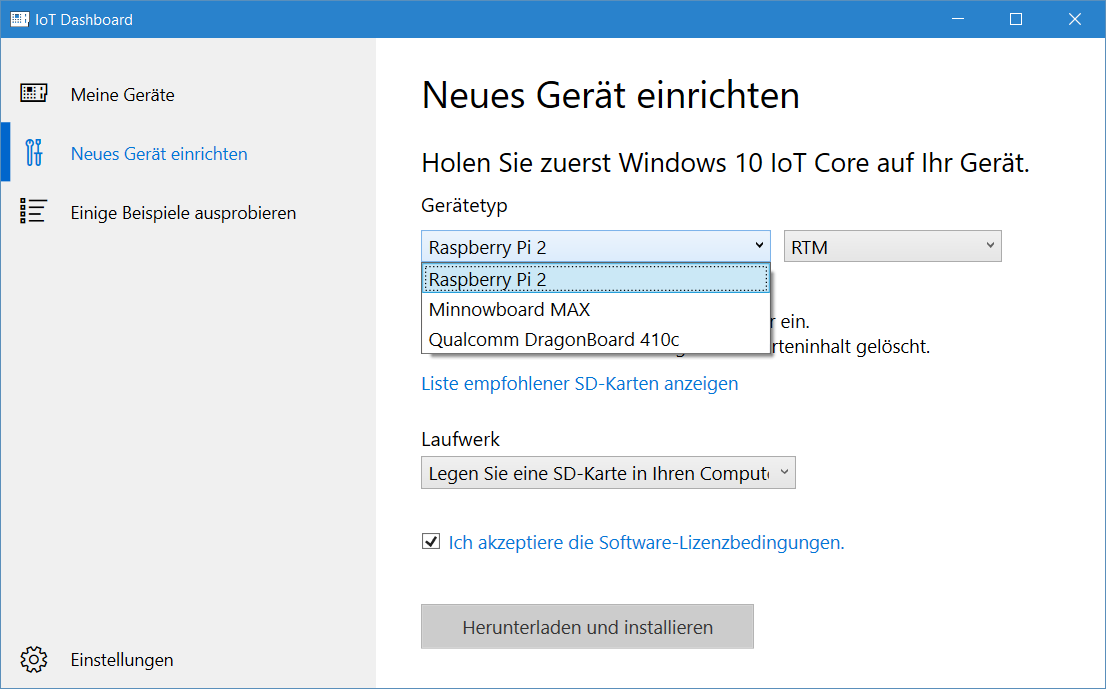
That writeup includes a link for downloading and compiling just netcat if you wish. Here's a quick writeup on nmap's inclusion of netcat. There is a non-native netcat for windows, built into the wireless scanning tool nmap. This post will be showing the Windows equivalent.

I wont' rehash that post here, but it would be good do understand the content. I also have caveats and why I genuinely recommend Linux or Mac, and I'll explain why.įirst, review my post on live imaging an Android device. This post will show you how to use Windows to image a device. You can make a dd image similar to the Linux/Mac methods but via Windows. So I've played around using that netcat tool to image devices in Windows. And I often use Linux at home around my wife, who has no idea how to get around my computer, but it is always funny to watch her try.Ī while back, someone commented on one of my pages a link to a Windows build of netcat. So when I say that it is geeks who use Linux, that is true. Around half of us in class with laptops used Linux. And funny story, when I was in grad school studying the geeky subject of Cyber Forensics, I often had a laptop in class (that is when I was in class and not at football games, researching, grilling steaks, paper writing, or drinking way too much coffee). So many people have emailed me throughout the years asking for a Windows alternative, and I've always recommended using a Linux VM in Windows to get the job done. The problem is everybody in the world uses Windows, except apparently the 2.36% of us geeks who use Linux and the 3.49% of people who have enough spare money to afford a Mac (not me).


I have never showed a Windows method because netcat is not native in Windows, or it is not included by default. The final step requires netcat, which is built in to both Mac and Linux.

In a post from a few years ago on live imaging an Android device, I showed how to use Mac or Linux to image your Android device using three main steps: data connection between the computer and the device, an exploit, and an imaging command.


 0 kommentar(er)
0 kommentar(er)
